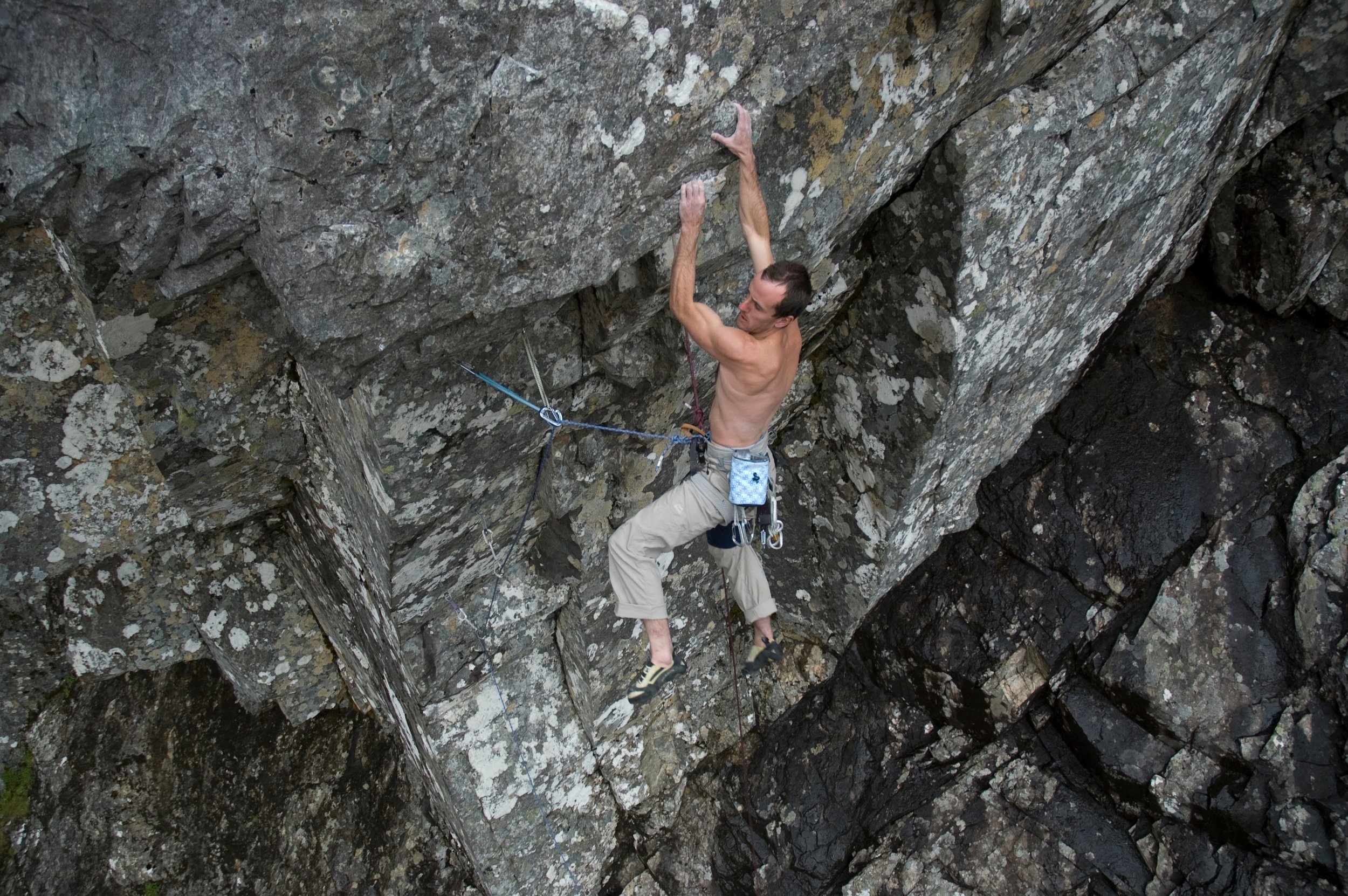
The North Face
Ben Nevis Climbing
Scotland’s highest mountain is also the only one with a north face comparable to the alps, matched in scale by the richness of its climbing history. The grand cliffs of 1200 feet in height are hidden from Fort William by the mountain’s rounded southerly flank, and only glimpsed from Torlundy and Nevis Range. Only when viewed from the approach up the Allt a Mhuillin to the base of the cliffs, or from Carn Mor Dearg is the full scale of the Nevis cliffs apparent.
The face is separated by four great ridges, with deep corries and gullies between each. It is dominated in the centre by Tower Ridge, an easy but long rock climb in summer and one arguably the greatest mountaineering route in the UK in winter. The long winter on the Ben produces world class ice climbing, often at its best in late March and early April and enjoyed by climbers from all around the world.
In summer, easy rock climbs like Ledge Route have given many novice mountaineers their first taste of long mountain routes, often in the company of a guide, progressing from there to Tower Ridge, North East Buttress and Castle Ridge. Carn Dearg Buttress contains many classic multipitch routes like the great corner of Centurion and the wonderful open slabs of Bullroar, made famous by the Iconic image of Jimmy Marshall on the first ascent in 1960. Of the hundreds of recorded routes on the north face, some rank among the hardest of their type in the world, such as Echo Wall on the dark overhanging left side of Tower Ridge.
For summer rock climbing, the height and westerly climate require settled weather and a few days of dry weather for the walls to dry. June can give the most reliable weather, although some of the higher climbs may still be affected by late snow melt. July and August have less reliable weather, but hot dry weather is best and the north face is an excellent place to escape heat and midges on lower crags in the glen. The first snows often reach Ben Nevis in late September, but the mixed climbing season usually begins in December, with snowed up pure mixed climbs becoming more and more popular here as they are reliably in condition in our recent warmer winters. The big classic ice gullies and face routes tend to come into better condition in the second half of the winter, with easter ice climbing on Ben Nevis a true joy with plastic ice and crisp sunshine.

With unpredictable and rapidly changing weather, climbing on Ben Nevis at any time, but especially in winter, can be serious and proper equipment for self rescue is essential - map, compass, head torch and familiarity with the latest forecasts, including the avalanche forecast. Rescues on Ben Nevis are all too frequent and often caused by poor route choice, lack of attention to weather forecasting, inappropriate kit and underestimation of the time required to complete routes in arduous conditions.
Your best companion for information on summer and winter climbs, as well as logistical info on navigating off the summit in a whiteout is the SMC Ben Nevis guidebook.

